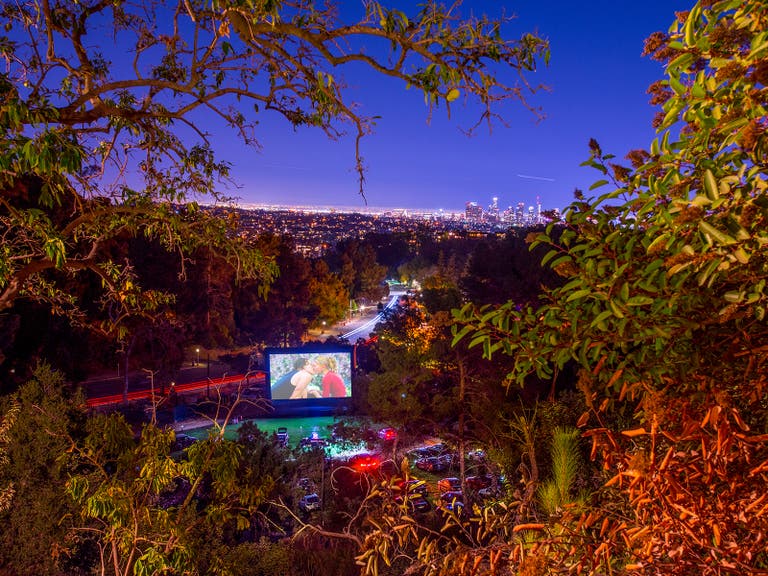Hidden Gems of Northeast L.A.
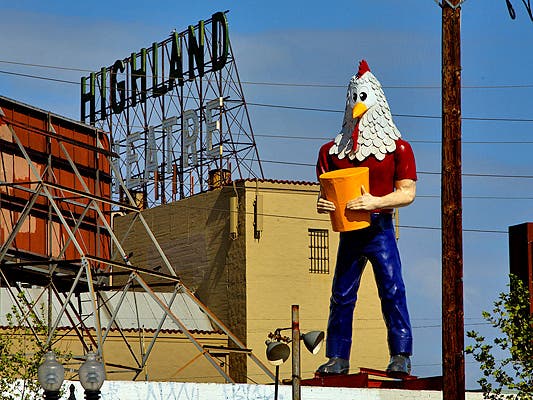
A hilly area situated between Downtown Los Angeles and Pasadena along the Arroyo Seco, Highland Park is one of L.A.’s oldest settled areas. In the early 20th century, Highland Park and Pasadena were known as havens for the artists and intellectuals who led the Arts & Crafts movement. In the 1960s and 70s, it became populated predominantly with Latinos and other ethnic groups.
In the 2000s, Highland Park once again became a mecca for creatives, who were attracted by the historic Craftsman homes and relatively low rents. Trendy shops, galleries, restaurants and bars have opened along Figueroa Street and York Boulevard, with businesses on both streets being the reasons why Highland Park is the hot L.A. neighborhood of the moment. But there are many hidden gems in the area that are off the beaten path and worth checking out, both old and new.
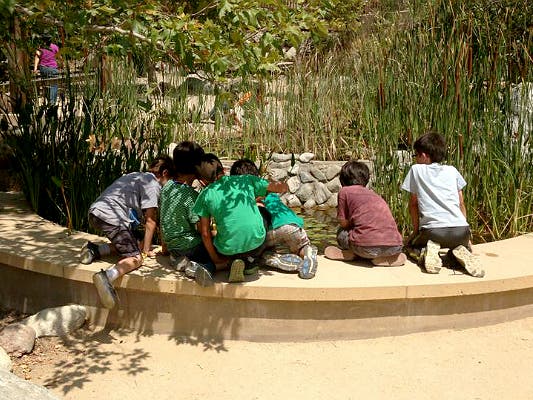
Audubon Center at Debs Park
Located in L.A.’s fourth largest park, the Audubon Center at Debs Park opened in 2003 as an environmental education and conservation center for the communities of Northeast Los Angeles. The park, much of which is covered in walnut-oak woodland, grassland, and coastal sage scrub, houses over 140 species of birds. Enroll in one of many community programs designed for children and families for a fun and interactive experience. Operated by Audubon California, The Center is cutting-edge, with its building becoming the nation’s first LEED Platinum building.

Monte 52
Sandwiches don’t get any more inexpensive and delicious than at Monte 52, a grocer with over two dozen varieties of sandwiches. The sandwich stand is inside the La Tropicana Market on Monte Vista Street, a true gem hidden away in a market and grocer with fresh fruits, refrigerated deli and fish cases, Latin and Asian goods -- all reflective of the neighborhood. The delicious sandwiches at Monte 52 come as hot, cold or subs. There are also breakfast varieties, a cuban and torta. Whether you enjoy at one of the few tables inside the market or take-away, your Monte 52 sandwiches will be worth every bite.
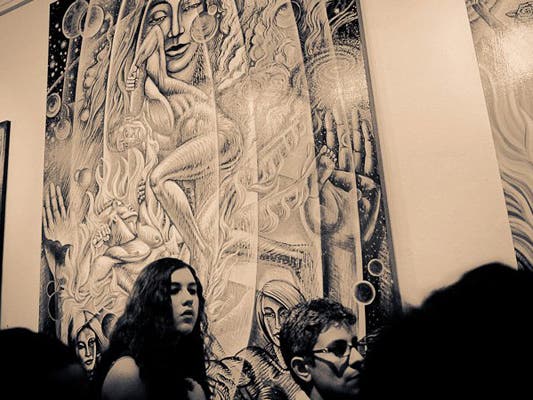
Avenue 50 Studio
Located a few blocks from the Metro Rail Gold Line, Avenue 50 Studio is much more than a multicultural art gallery - it’s a vital hub of the Highland Park community. Grounded in Latino and Chicano culture, Avenue 50 and its two attached galleries - Two Tracks Studio and She Rides the Lion - have presented hundreds of shows that showcase the area’s diverse cultures, with international exchange exhibits including Asian and African American artists. The nonprofit arts organization also hosts films and poetry readings as well as workshops in art, spoken word and other forms of creative expression.

Chicken Boy
The long, strange journey of Chicken Boy began on Route 66 in the 1960s. Chicken Boy was created by the same Venice-based fiberglass company that created the familiar roadside Paul Bunyan and Muffler Man statues. Chicken Boy - a customized Paul Bunyan - was perched atop his namesake fried chicken restaurant on Broadway (Historic Route 66) between 4th and 5th Streets until 1984, when the restaurant owner died. After persistent efforts, the statue was saved by art director Amy Inouye, who placed it in storage until she relocated her design firm to a commercial space on North Figueroa Street (also Historic Route 66) over 20 years later. In October 2007, the 22-foot-tall Chicken Boy was installed on the rooftop of Future Studio Design & Gallery, and once again beckons travelers along the Mother Road. The Chicken Boy Shop and Future Studio Gallery are open on Saturdays from noon to 5 p.m.

Galco’s Soda Pop Stop
Opening on York Boulevard in 1897 as an Italian grocery store, Galco’s changed “flavors” when John F. Nese took the helm of his father’s store in 1995 and lined the shelves with over 500 classic, small-batch, exotic and hard-to-find sodas. With a mission to support small soda makers, Galco’s Soda Pop Stop offers sodas from around the world, as well as traditional brands that use recipes from the 1950s, 60s and 70s with the insistence that all sodas contain cane sugar instead of high fructose corn syrup. They also offer 450 unique micro craft beers, 60 types of bottled water, a selection of old-time candies and toys, as well as a full service deli with its famed “Blockbuster” sandwich. In July 2013, Galco's debuted its Soda Creation Station, featuring more than 80 different flavors. You choose your own flavors, add carbonation strength, mix, cap and label a 12 oz. bottle - perfect for customizing your parties, events and special occasions.

Heritage Square Museum
Located in adjacent Montecito Heights, Heritage Square Museum is a living history museum that explores the settlement and development of Southern California during its first 100 years of statehood. The eight historic structures located at the museum were constructed during the Victorian Era, saved from demolition and rebuilt at the museum site along the Arroyo Seco. One such buildings is the Hale House, built in 1887 at the foot of Mt. Washington in Highland Park, a few blocks away. The Hale House was added to the National Register of Historic Places in September 1972. The buildings serve as relics of the everyday lives of Southern Californians from the Civil War to the early 20th Century. Guided tours of the museum are supplemented by living history performances, educational programs, hands-on training, exhibitions and special events.
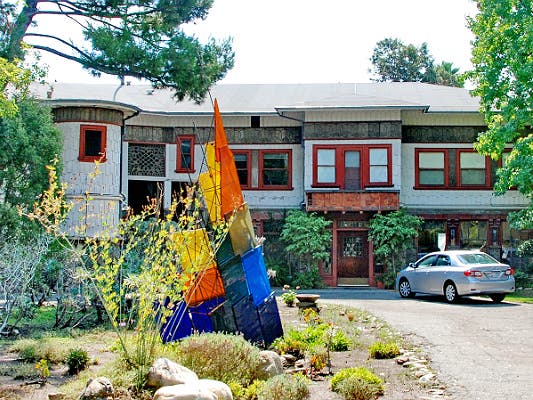
Judson Studios
The Judson Studios is a renowned fine arts studio that specializes in stained glass, located in a historic building on Ave. 66. Founded in 1897 by Manchester native William Lees Judson and his three sons, it moved to its current location in 1920. Having been designated a Los Angeles Historic-Cultural Landmark in 1969 and added to the National Register of Historic Places in 1999, it’s now in its fifth generation of family ownership, currently owned by David Judson. Stained glass works from The Judson Studios can be found across the country and around the world, from residential and commercial projects to religious spaces of all denominations; in L.A., works can be found at Frank Lloyd Wright’s Hollyhock House and the rotunda skylight at the Natural History Museum. The Judson Studios also creates works in marble, mosaic, carved and etched glass, furniture and other specialty items. The studio offers workshops as well as tours, which can be booked through the studio's website.
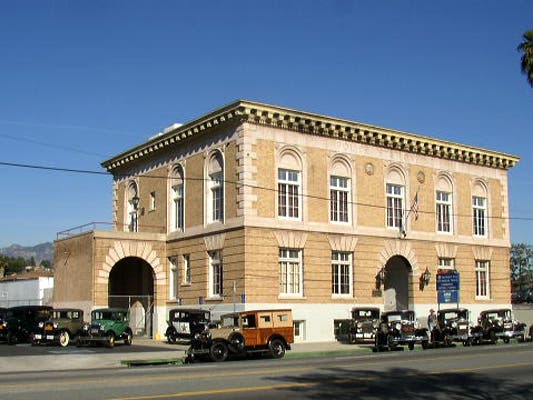
Los Angeles Police Museum
The Los Angeles Police Museum opened on York Boulevard in April 1926 as the Highland Park Police Station. The station was closed in 1983 and the Los Angeles Police Department (LAPD) moved its Northeast Division to a new location. The building was declared a Los Angeles Historic-Cultural Monument in January 1984, and was added to the National Register of Historic Places two months later. Restored to its original Renaissance Revival style, the museum traces the history of the LAPD with exhibits that include photographs, uniforms, badges, weapons, squad cars, a paddy wagon, and bullet-riddled vehicles.
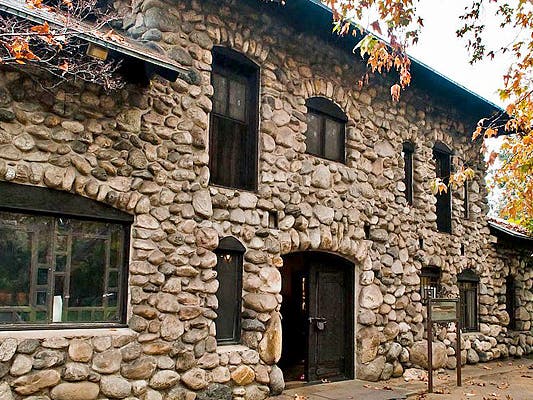
Lummis Home and Gardens
Charles Fletcher Lummis was a famous author, photographer, and an activist for Native American rights and historic preservation. He was the first City Editor of the Los Angeles Times (when it was a population of only 12,000), and later the city librarian of the Los Angeles Public Library. In 1907, Lummis founded the Southwest Museum of the American Indian, now known as the Historic Southwest Museum Mt. Washington Campus of the Autry National Center.
Lummis built his home - named El Alisal after the local sycamore trees - on the west bank of the Arroyo Seco from 1898 to 1910. The house, with its south-facing facade made with stones from the Arroyo, reflects Lummis’ love of the American Southwest, with a design inspired by mission architecture and the dwellings of the Pueblo Indians. The beginnings of the Arts & Crafts movement can be seen in the hand-made wooden furniture, exposed beams and concrete floors. The Lummis House was designated a Los Angeles Historic-Cultural Monument in September 1970, and added to the National Register of Historic Places in May 1971. The Lummis House is operated by the Historical Society of Southern California and open to the public for tours Friday-Sunday, from noon to 4 p.m.
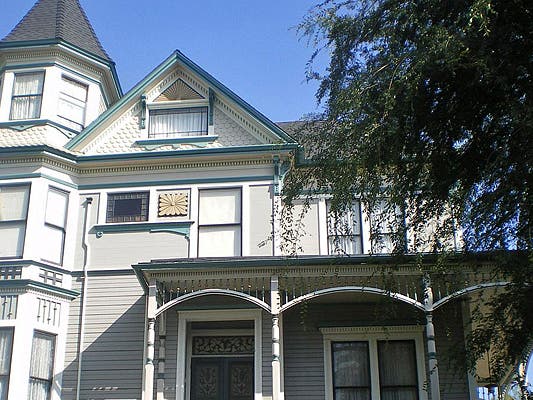
Smith Estate
Perched on a hilltop location on El Mio Drive, the Smith Estate is a historic Victorian house built in 1887 and designed in the Queen Anne style. The house was originally built for Judge David Patterson Hatch, and was acquired by Charles Warren Smith, the eventual head of the Los Angeles Railway. The house would remain in the Smith family until the 1960s, hence its name. Michael Gage, who was deputy mayor under Tom Bradley, bought the house in 1988. The current owners are Tim and Mari Parker, who have maintained the Smith Estate in impeccable condition. The house was featured in the 1964 cult classic, Spider Baby, and other films. The Smith Estate was declared a Los Angeles Historic-Cultural Monument in April 1975, and was added to the National Register of Historic Places in October 1982.

Historic Southwest Museum Mt. Washington Campus
Now part of the Autry Museum of the American West, the Southwest Museum was founded in 1907 by Charles Fletcher Lummis, who collected a vast number of Native American and Pre-Columbian artifacts during his travels and displayed them at the museum when it opened to the public in 1914. Today, the museum houses the second largest collection of Native American objects in the United States, and is widely regarded as one of the finest collections of its kind in the world. Formally known as the Historic Southwest Museum Mt. Washington Campus, the museum offers spectacular views from its hilltop location overlooking the Arroyo Seco. Constructed between 1912-1914, the Spanish-style museum building was declared a Los Angeles Historic-Cultural Monument in 1984, and added to the National Register of Historic Places in 2004. The museum is open every Saturday from 10 a.m. to 4 p.m. Admission is free.
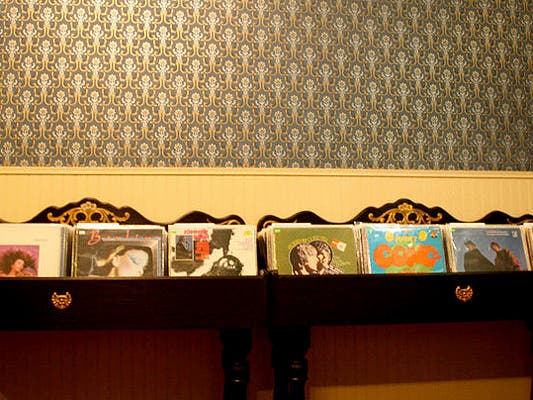
Wombleton Records
Wombleton Records opened on York Boulevard in September 2010 and was named Best Indie Record Store in 2011 by LA Weekly. Wombleton sources original vinyl pressings and rare, used gems from international record-buying trips, with a focus on esoteric and in-demand 45s and LPs. The elegant, comfortable space mixes classic Victorian era with house plants and wood shelves, a look inspired by 1970s interior design books.
